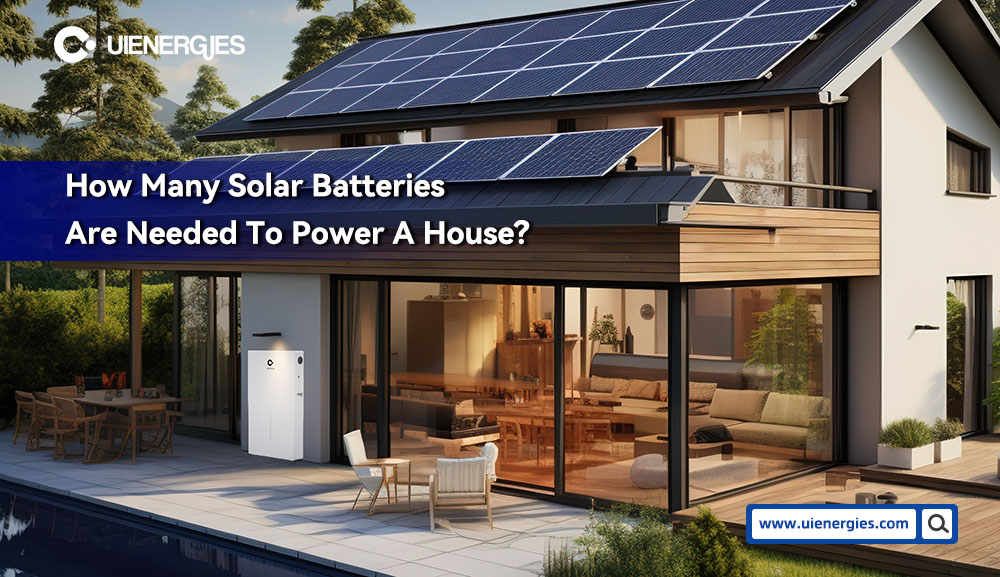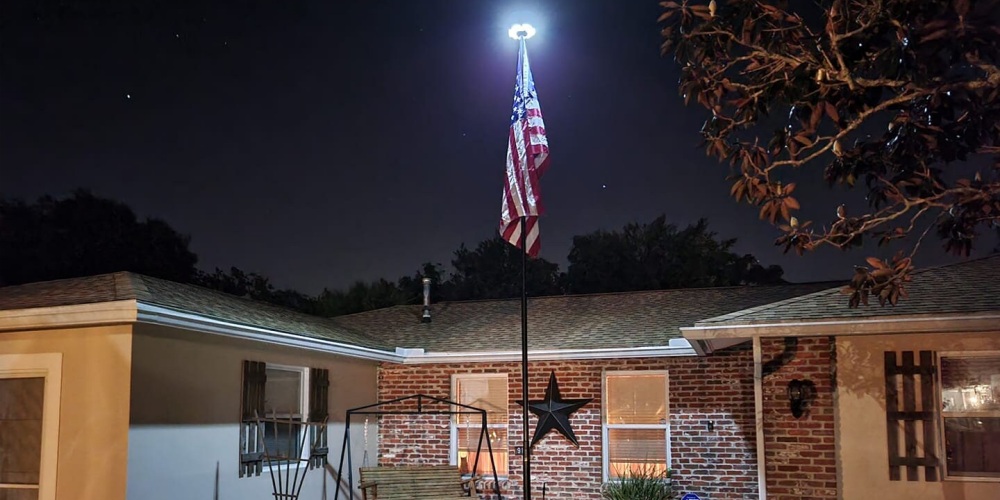Correctly installing solar panels not only maximizes energy efficiency but also extends the system's lifespan. Below is a comprehensive step-by-step guide to ensure proper installation. If you have any questions during the installation process, the HQ Mount team is available to provide professional advice and ensure that you receive expert guidance.
1. Prepare Tools and Equipment
Before starting the installation, make sure you have the following tools and equipment:
Solar panels
Mounting hardware (rails, brackets, clamps, bolts, etc.)
Wrenches and screwdrivers
Inverter (if applicable)
Wiring and connectors (MC4 connectors, conduit, etc.)
Grounding equipment
Drill (for roof or ground mounting, if necessary)
Ladder and safety gear
It’s recommended to use appropriate safety equipment, especially for roof installations, such as helmets, safety goggles, and harnesses.
2. Determine the Installation Location
Choosing the right location is crucial for maximizing the efficiency of the solar system. Here are key considerations:
Roof or Ground Mount: Ensure the location receives ample sunlight and avoid obstructions like trees or buildings.
For ground mounts, make sure the foundation is stable and the area won’t be shaded by future construction or plants.
Orientation and Tilt: In the Northern Hemisphere, face the panels south; in the Southern Hemisphere, face them north. The tilt angle should be adjusted based on your local latitude to capture the most sunlight.
3. Install the Solar Mounting Structure
Installing the mounting structure provides a stable base for the solar panels. This step requires precise measurements and careful execution.
Mark and Drill Holes: Based on the layout, mark the positions where the mounting rails will be installed. If you're mounting on the roof, ensure the hole locations are precise and leave enough space for bolts.
Attach Mounting Brackets: Use appropriate brackets to secure the rails to the roof or ground. For roof installations, ensure the brackets can handle wind, snow loads, and other environmental factors. For ground installations, ensure the foundation is sturdy, and you can reinforce it with concrete or steel if needed.
Install Rails: Attach the rails to the mounting brackets with bolts or screws. Ensure the rails are level, and the spacing is aligned with the size of the solar panels.
4. Mount the Solar Panels
Place the Solar Panels: Once the rails are installed, carefully position the solar panels onto the rails. Ensure the front of the panels faces the sun, and align all panels uniformly.
Secure the Panels: Use mid-clamps and end-clamps to secure the panels to the rails. Be careful not to overtighten the bolts to avoid damaging the panels. Ensure each panel is firmly in place, and the clamps are tightly fastened.
5. Connect the Electrical Wiring
Wiring is a critical step in solar panel installation. Ensure each wire is connected properly to avoid system malfunctions.
Series or Parallel Connection: Based on your system design, connect the panels either in series (to increase voltage) or parallel (to increase current). Most systems use MC4 connectors, which are weather-resistant and ensure a stable electrical connection.
Route the Cables: Run the cables through conduit to protect them from environmental damage and keep the installation area neat. Cables should be connected to the combiner box or directly to the inverter.
Connect the Inverter: If using an inverter, connect the DC wiring from the solar panels to convert it into AC power for use in residential or commercial systems. Ensure that the inverter’s input and output are correctly connected according to the system's design.
6. Ground the System
Grounding is an essential safety step. Use grounding wires or grounding rods to connect the system to the earth, ensuring that any electrical faults are safely discharged into the ground to prevent damage to equipment or injury.
7. Test the System
Once all connections are complete, use a multimeter or check the inverter display to ensure the solar panels are generating power correctly. Confirm that the system is operating as expected and producing the desired energy output.
8. Final Installation Steps
After confirming that the system is working correctly, complete the following final tasks:
Double-check all connections, bolts, and clamps to ensure they are secure.
Ensure all cables and connectors are properly sealed to prevent water ingress.
Clean up the installation area and make sure any waterproofing measures, particularly on roof installations, are intact.
Installation Consultation and Support
If you encounter any issues during the solar panel installation, feel free to contact us for assistance. Our team at HQ Mount is available to provide high quality solar bracket and help ensure a smooth and successful installation. HQ Mount, located in Xiamen, China, specializes in researching, developing, manufacturing, and selling solar mounting system solutions. Our products include solar ground mounts, roof mounts, balcony mounts, solar carports, solar farms, and all necessary mounting accessories.
We are ready to offer complete technical support and customized solutions to ensure your solar system operates efficiently and is installed safely.
Contact Us
Xiamen HQ Mount Tech Co., Ltd
WhatsApp: +18030160771
Phone: +86 0592-6252889
Email: info@hqmount.com
Whether you need purchasing solar mounting systems or face challenges during installation, HQ Mount can provide you with the most professional guidance and support!










